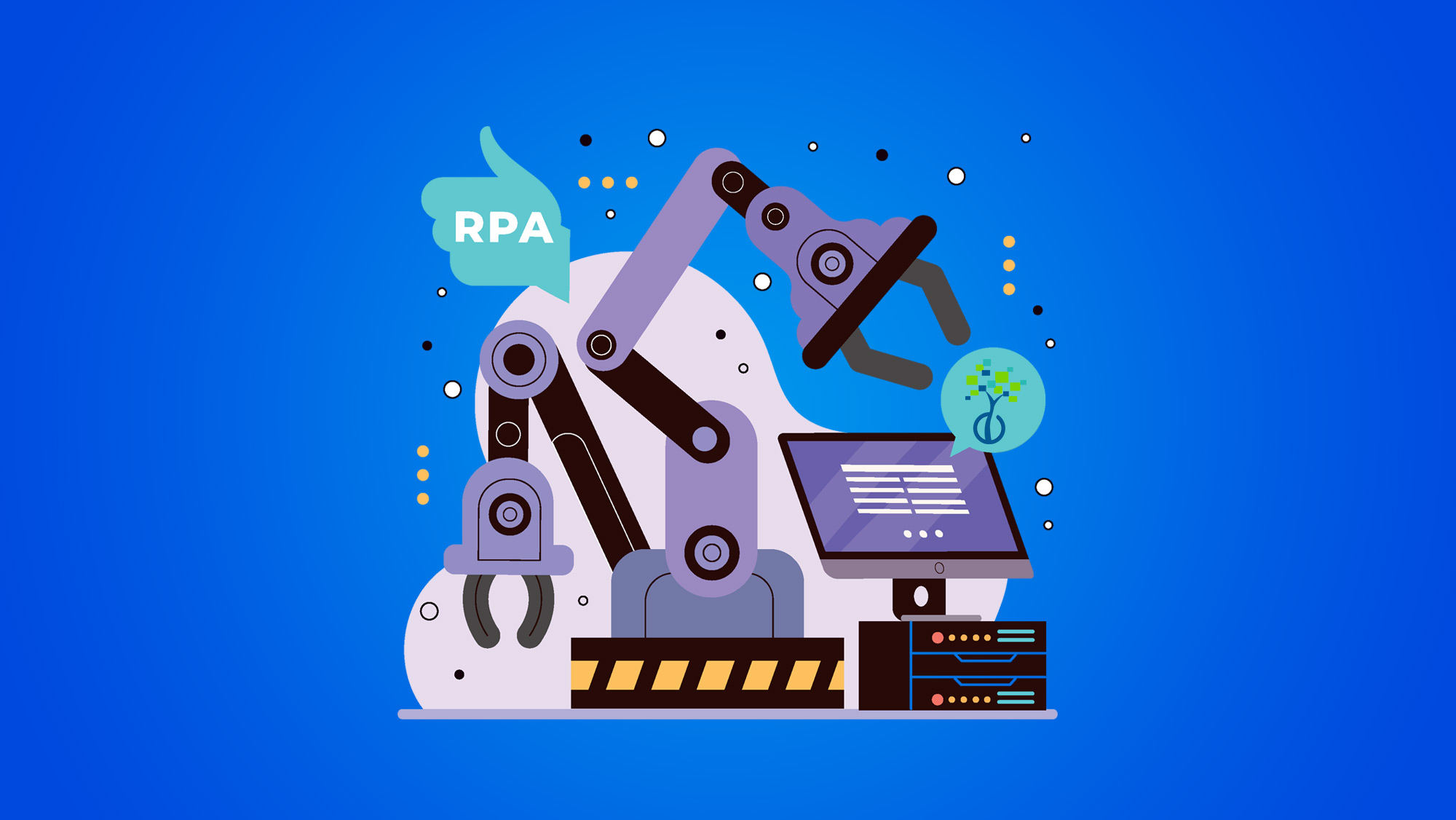Robotic Process Automation (RPA) has become an increasingly popular solution for businesses looking to streamline their operations and increase efficiency. However, getting started with RPA can seem overwhelming, especially for those who are new to the technology. In this blog, we'll provide a beginner's guide to getting started with RPA.
- Define Your Goals: The first step in getting started with RPA is to define your goals. What processes do you want to automate? What benefits are you looking to achieve? Answering these questions will help you determine the scope of your RPA project and ensure that you stay focused on achieving your desired outcomes.
- Choose the Right Tool: There are many RPA tools available, each with its own features and capabilities. It's important to choose the right tool that aligns with your goals and requirements. Some popular RPA tools include UiPath, Automation Anywhere, and Blue Prism.
- Start Small: It's important to start small when implementing RPA. Choose a process that is relatively simple and easy to automate. This will allow you to gain experience with the technology and learn how to overcome any challenges that may arise.
- Identify the Processes to Automate: Once you have chosen your RPA tool, it's time to identify the processes you want to automate. This can be done by analyzing your business processes and identifying the ones that are repetitive and time-consuming.
- Design and Develop the Automation: After identifying the processes to automate, you will need to design and develop the automation. This involves creating the workflow, developing the bots, and testing the automation.
- Test the Automation: Before deploying the automation, it's important to thoroughly test it. This includes testing the workflow, ensuring that the bots are functioning correctly, and verifying that the automation is achieving the desired outcomes.
- Deploy the Automation: Once the automation has been tested and approved, it's time to deploy it. This involves integrating the automation with your existing systems and processes, and training your team on how to use it.
- Monitor and Optimize: After deployment, it's important to monitor the automation to ensure that it is functioning correctly and achieving the desired outcomes. This also provides an opportunity to optimize the automation and make any necessary adjustments to improve its performance.
In conclusion, getting started with RPA can seem overwhelming, but by following these steps, you can successfully implement automation in your organization. Remember to define your goals, choose the right tool, start small, identify the processes to automate, design and develop the automation, test it thoroughly, deploy it, and monitor and optimize it for continuous improvement. With the right approach, RPA can help you achieve your desired outcomes and improve your business operations.

No Comments Yet
Let us know what you think